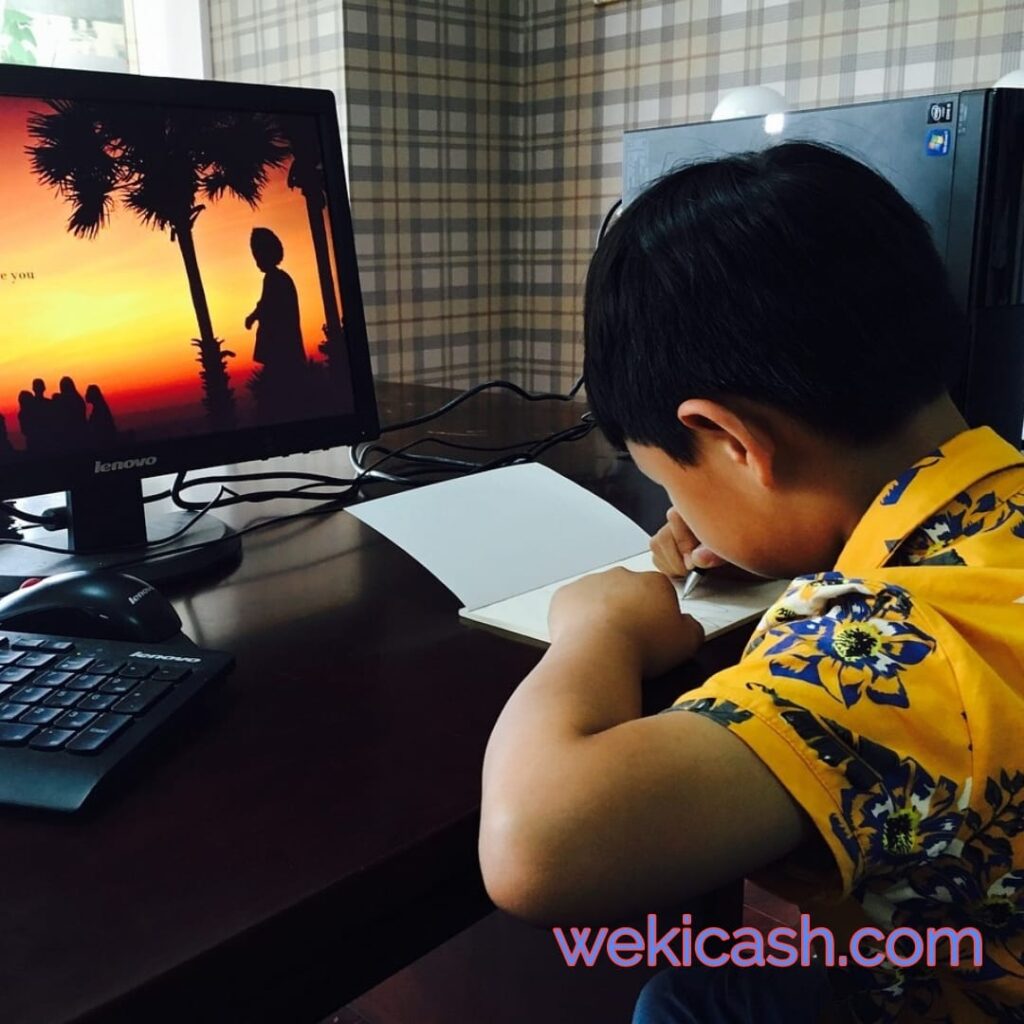The experiences that men and women have in the workplace frequently differ greatly, which is a reflection of ingrained prejudices and systematic injustices that endure in spite of advancements made in recent years. Many people are left with unsatisfactory reality as a result of these differing experiences, which also impede efforts to achieve actual gender equality in the workplace.
Wage Gap:
The gender wage gap, in which women often receive less than men for doing the same or comparable work, is one of the most obvious differences. Even after accounting for variables like experience and education, this disparity still exists across a range of businesses and professions.
Representation in Leadership Positions:
Across all industries, women are notably underrepresented in leadership roles. In addition to maintaining gender stereotypes, this underrepresentation prevents women from having as much influence over organizational culture and decision-making procedures.
Glass Ceiling:
Regardless of their skills and abilities, many women are prevented from moving up the corporate ladder by the presence of a glass ceiling. Subtle biases and discriminatory behaviors that impede women’s career advancement are frequently the cause of this barrier.
Work-Life Challenges:
Women often have a harder time juggling work and family obligations since they bear a disproportionate share of the caregiving load. This may result in a pause in one’s work, less chances for promotion, and a rise in stress and burnout.
unconscious Bias and Discrimination:
In many companies, discriminatory behaviors and unconscious prejudices continue to exist, despite efforts to promote diversity and inclusion. These prejudices hurt women and maintain inequality by showing up in employment decisions, performance reviews, and career progression possibilities.
Sexual harassment, gender-based discrimination, and microaggressions are among the forms of harassment and discrimination that women are more likely to encounter at work. These encounters can have severe psychological and professional repercussions and foster toxic work cultures.
Lack of Support and Mentorship:
Women frequently face obstacles in their quest for sponsorship and mentorship, two essential resources for advancing their careers. Women’s advancement in the workplace may be further hampered by the lack of role models and support systems.
Intersectional Challenges:
Women from marginalized groups, including women of color, women who identify as LGBTQ+, and women who have disabilities, experience intersecting forms of exclusion and discrimination, which exacerbates their difficulties at work.
To tackle these disheartening facts, companies, legislators, and the community at large must work together. Creating workplaces where women and men can succeed equally requires putting gender equity policies and practices into action, encouraging inclusive cultures, and confronting systematic biases.
Would you like to start a Work with us?
If Your Are Interest In Our Program, You Can Join Now and Earn Money Everyday.






